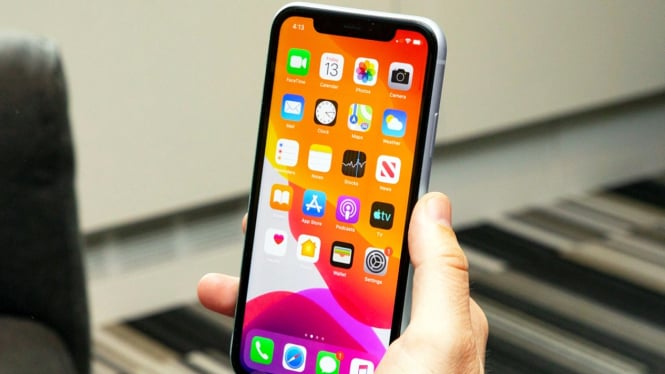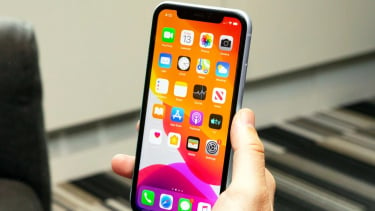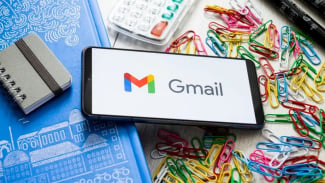- Techradar
VIVA – Celebrating the Global Accessibility Awareness Day on last May 18, Apple introduced new iOS features for users with cognitive disabilities. This feature for cognitive, vision, hearing, and mobility accessibility, along with innovative tools for individuals who are nonspeaking or at risk of losing their ability to speak.
These updates draw on advances in hardware and software, include on-device machine learning to ensure user privacy, and expand on Apple's long-stanidng commitment to making products for everyone, as reported from official site of Apple.
Apple works in deep collaboration with community groups representing a broad spectrum of users with disabilities to develop accessibility features that make a real impact on people's lives.
Ilustrasi Aplikasi Kamera iPhone.
- Unsplash
Coming later this year, users with cognitive disabilities can use iPhone and iPad with greater ease and independence with Assistive Access; nonspeaking individuals can tyoe to speak during calls and conversations with Live Speech; and those at risk of losing their ability to speak can use Personal Voice to create a synthesized voice that sounds like them for connecting with family and friends.
For users who are blind or have low vision, Detection Mode in Magnifier offers Point and Speak, which identifies text users point toward and reads it out loud to help them interact with physical objects such as household appliances.
"At Apple, we've always believed that the best technology is building for everyone. Today, we're excited to share incredible new features that build on our long history of making technology accessible, so that everyone has the opportunity to create, communicate, and do what they love," said Tim Cook, Apple's CEO.
“Accessibility is part of everything we do at Apple,” said Sarah Herrlinger, Apple’s senior director of Global Accessibility Policy and Initiatives.
“These groundbreaking features were designed with feedback from members of disability communities every step of the way, to support a diverse set of users and help people connect in new ways.” Herrlinger added.
Assistive Access uses innovations in design to distill apps and experiences to their essential features in order to lighten cognitive load.
The feature reflects feedback from people with cognitive disabilities and their trusted supporters, focusing on the activities they enjoy and that are foundational to iPhone and iPad: connecting with loved ones, capturing and enjoying photos, and listening to music.
Assistive Access includes a customized experience for Phone and FaceTime, which have been combined into a single Calls app, as well as Messages, Camera, Photos, and Music.
The feature offers a distinct interface with high contrast buttons and large text labels, as well as tools to help trusted supporters tailor the experience for the individual they support. For example, for users who prefer communicating visually, Messages includes an emoji-only keyboard and the option to record a video message to share with loved ones.
Users and trusted supporters can also choose between a more visual, grid-based layout for their Home Screen and apps, or a row-based layout for users who prefer text.
“The intellectual and developmental disability community is bursting with creativity, but technology often poses physical, visual, or knowledge barriers for these individuals,” said Katy Schmid as senior director of National Program Initiatives at The Arc of the United States.
“To have a feature that provides a cognitively accessible experience on iPhone or iPad that means more open doors to education, employment, safety, and autonomy. It means broadening worlds and expanding potential.” Schmid added.



























